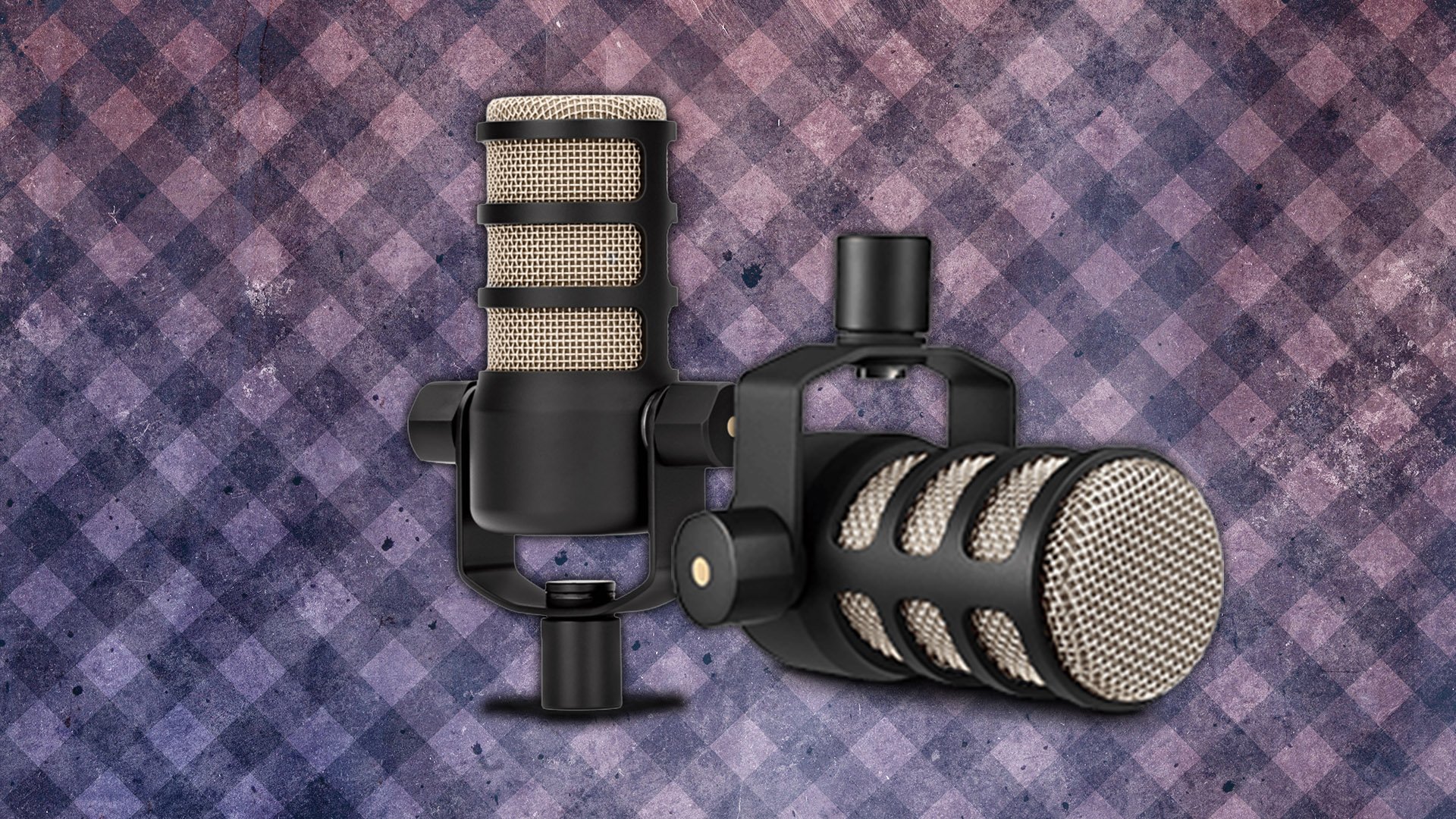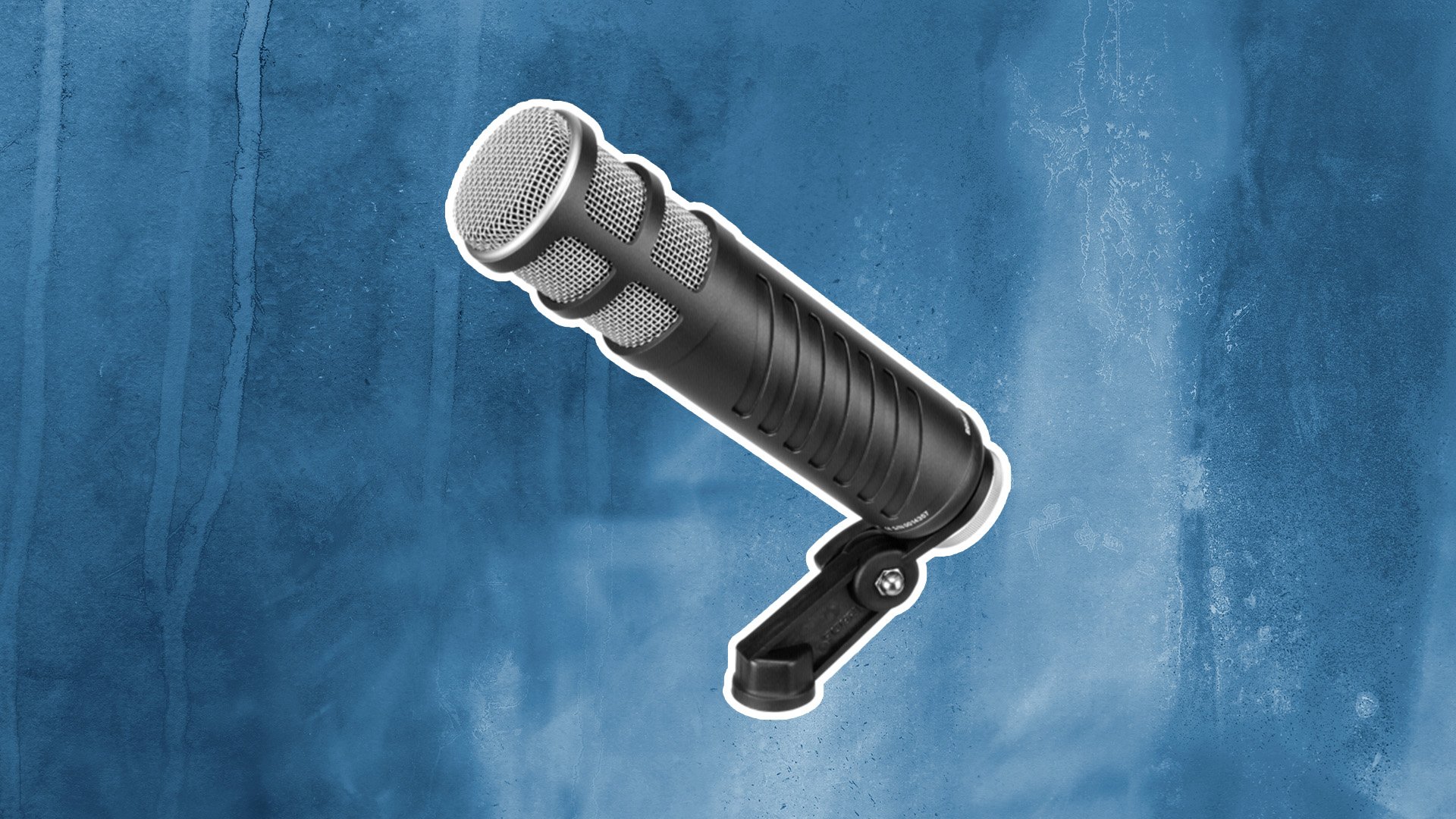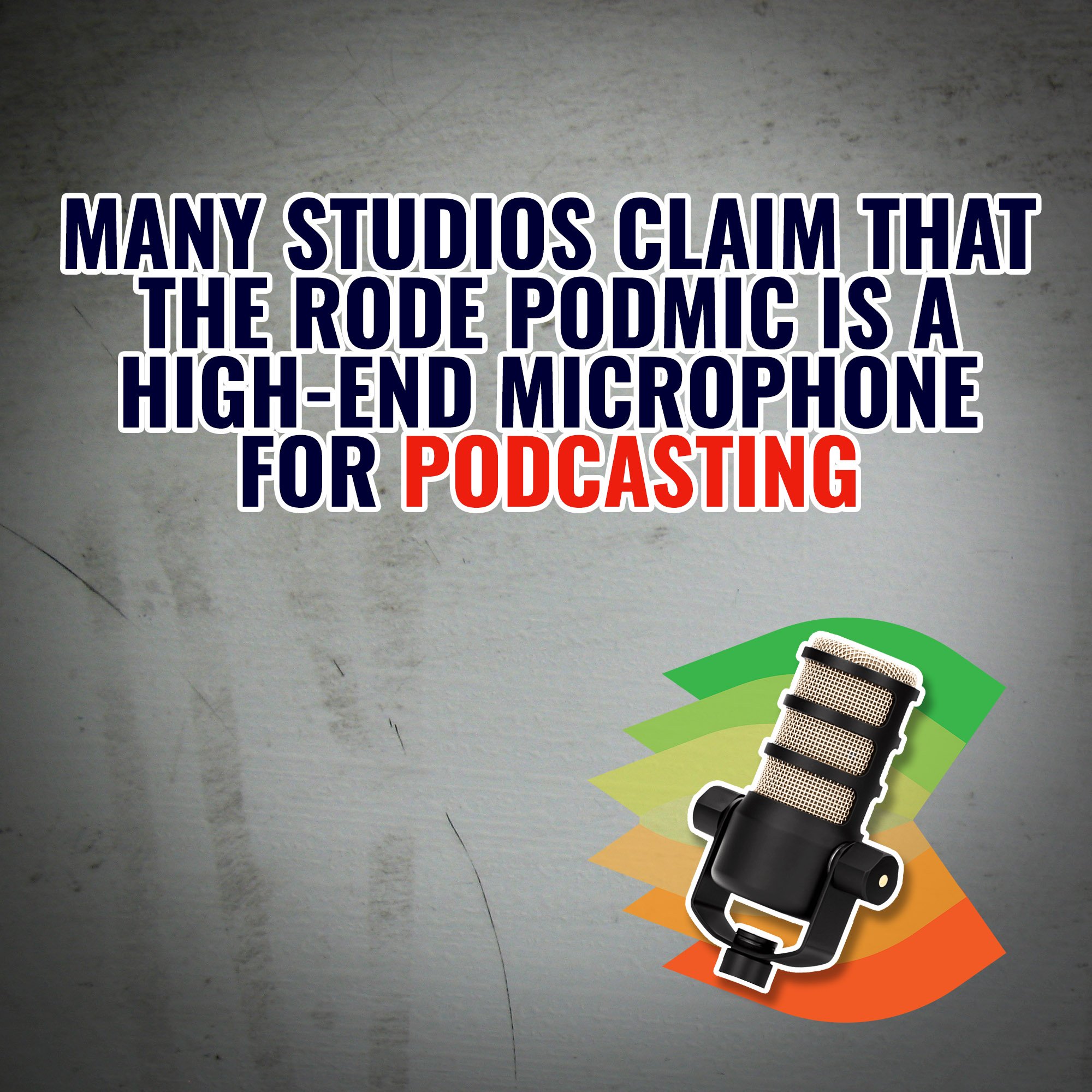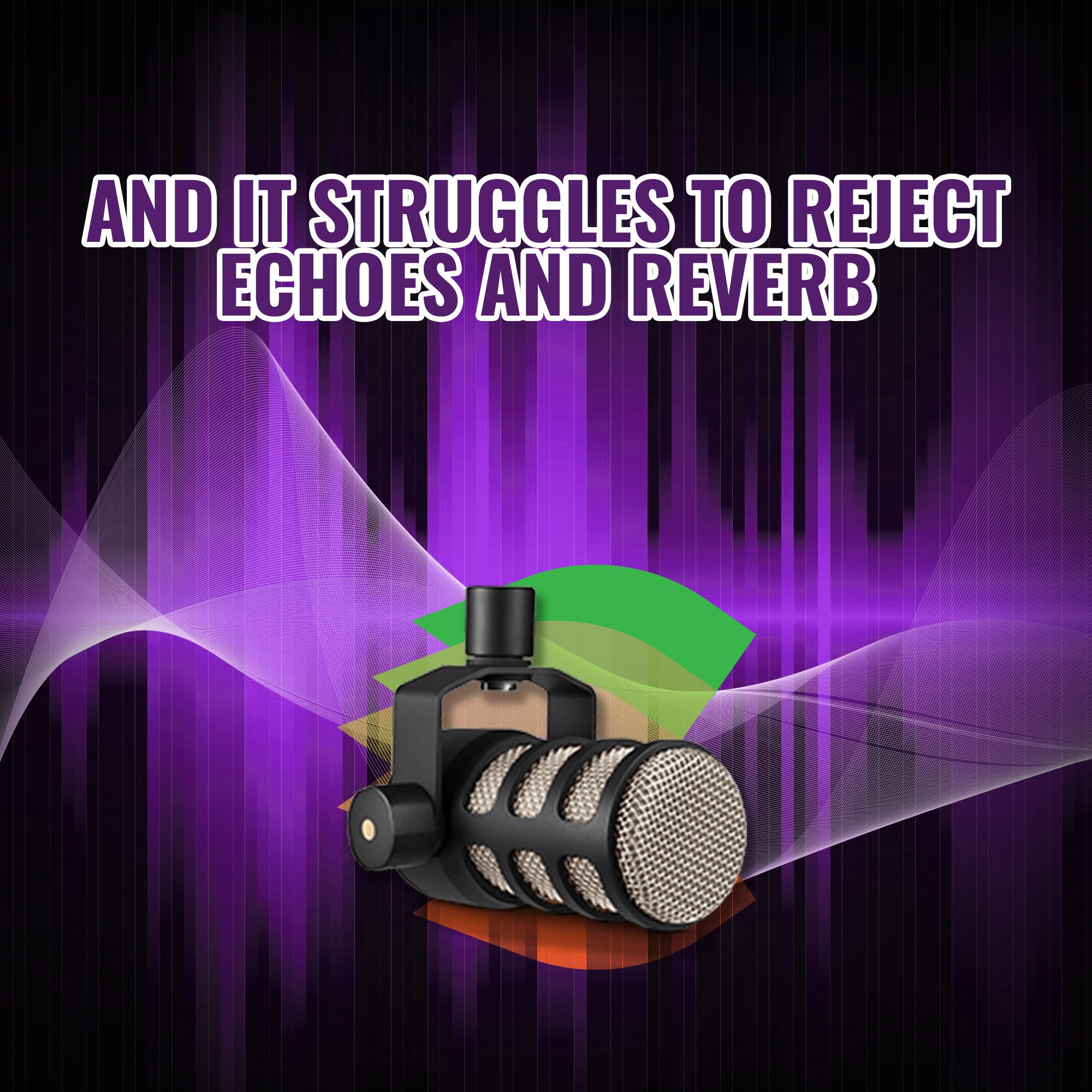Rode PodMic: Good Enough For Your Podcast?
When you start the process of selecting a podcast studio to partner with on the production of your podcast content, one of the first things to consider is the equipment you’ll have access to.
“In the land of the blind, the one-eyed man is king”.
If you’re not familiar with microphones, mixers, video cameras, lighting, etc, it can be easy to be overawed at the equipment a podcast studio has to offer. You may be swayed by how they describe this equipment, and it can be easy to assume that what’s on offer is “high-end” or the best-in-class. They are, after all, the experts. You might be a novice.
One piece of equipment that is important to understand is the microphone the podcast studio offers you.
The mic is critical. It’s the piece of hardware that will take your voice - and your guest’s - and capture it into digital format for your podcast. So it has to be good, right? It should be “high-end”.
We’ve written about microphones before - you can read it here - where we compared condenser mics with dynamic mics. But here’s a quick recap:
A condenser microphone is not always the best choice of microphone for every situation.
Condenser microphones are known for their sensitivity, accuracy, and ability to capture a wide frequency range. They are often used in professional recording studios where the room's acoustics have been professionally treated and the risk of "room noise", or ambient noise, isn't going to be an issue.
Dynamic microphones, on the other hand, are generally more rugged and durable than condenser microphones and can handle high sound pressure levels without distortion. They are often used in live sound reinforcement, recording of loud instruments like guitar amplifiers and drums, and for broadcasting and podcasting.
Choosing the right microphone is especially important when you're recording at home where, let's face it, the room you record your podcast in isn't likely to be professionally acoustically treated.
So, if you do choose to record at home, our recommendation at the Podcast Studio Glasgow is to opt for a dynamic mic, which we explained here.
As mentioned, dynamic mics don't require phantom power and they're better at rejecting "off-axis" sounds.
CAN THE RODE PODMIC BE CALLED “HIGH-END”?
One choice of dynamic microphone we see being used often for podcast recordings is Rode's PodMic.
You'll immediately recognise it.
However, some podcast studios, when opting to provide this mic to their clients, refer to is as "high-end". But is it true that the Rode PodMic is high-end?
The Rode PodMic is a dynamic microphone designed specifically for podcasting. While it's a high-quality microphone that produces clear and natural sound, it is generally not considered a high-end microphone. To our ears, PodMics sound "thin". The voice lacks punch and presence and the low-end - the bass waveforms of the voice - are light and missing.
High-end mics for podcasting start at around £150 for a prosumer example like the Rode Procaster. This is a hugely capable dynamic mic which competes well against more established examples like the Shure SM7B and the Electro-Voice RE320. All of which capture warm bass sounds, while maintaining clarity in the trebles and all-important mids.
THE RODE PROCASTER IS A MUCH BETTER CHOICE OF MIC FOR NOT MUCH MORE MONEY
The Rode PodMic, on the other hand, is a much more affordable option, priced at around £100. While it is a high-quality dynamic microphone that is well-suited for podcasting and broadcasting, it may not have the same level of precision and detail as the Procaster, for example.
And this really matters, especially if you're recording your podcast in a room that hasn't been acoustically treated.
Obviously, you should do as much as you can to reduce reverb in the room.
Don't ever record next to a window or at a glass table, as glass is notoriously bad for causing the voice to reverb or echo. Even higher-end mics will struggle to keep the vocal presence front and centre and reject sound waves coldly bouncing off the glass.
In such settings, the Rode PodMic is anything but "high-end". The thinness of the voice and any reverb will absolutely be picked up in your recording.
What's our recommendation for your podcast recording?
We'd opt for the Rode Procaster. For not much more money, you're getting a lot more mic. A lot more mic…
At the Podcast Studio Glasgow, we have 2 Rode PodMics, but we don't let our clients use them. Instead, our table set has 4 Rodecaster Pros and our easy chair set has an Electro-Voice RE20 (generally regarded as one of the best dynamic mics on the planet) and 2 Electro-Voice RE320s, which are the hugely capable cousins of the RE20.
And this is really important: all of our mics are run through signal gain boosters which help amplify your voice without adding unwanted noise. This ensures your voice has loads of thick, creamy presence and clarity. This makes all the difference between your podcast sounding ordinary and it truly sounding “high-end”.
ALWAYS CHECK THE MICROPHONES YOU’LL BE OFFERED BEFORE BOOKING A PODCAST STUDIO
So, when anyone claims their podcast setup is "high-end", the first thing you should look at are the microphones they record with. And unfortunately, while it's a decent budget mic, the Rode PodMic isn't considered "high-end".
The Podcast Studio Glasgow was created off the back of 18 years’ worth of podcast production experience and was built by podcasters for podcasters. If you take the production values of your podcast as seriously as we do, then book your next recording session with us.








